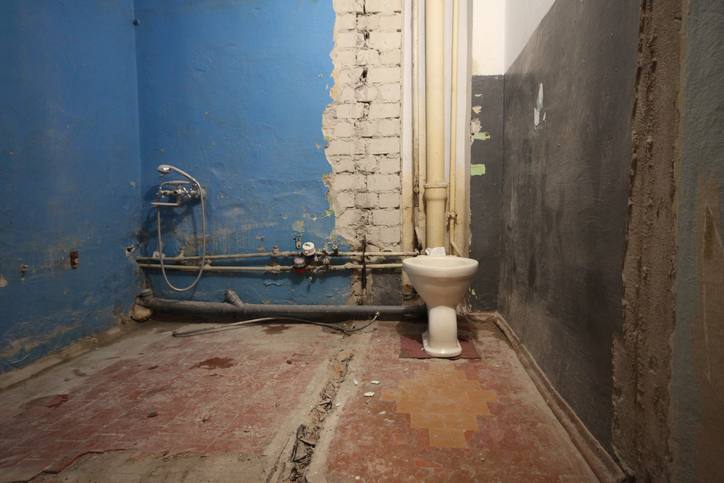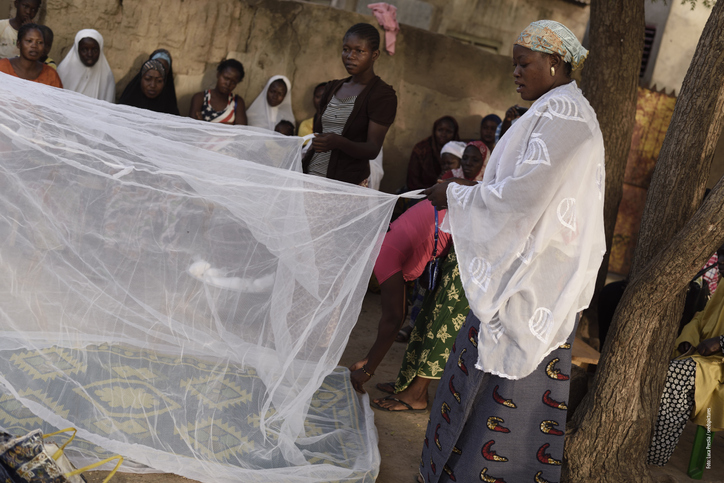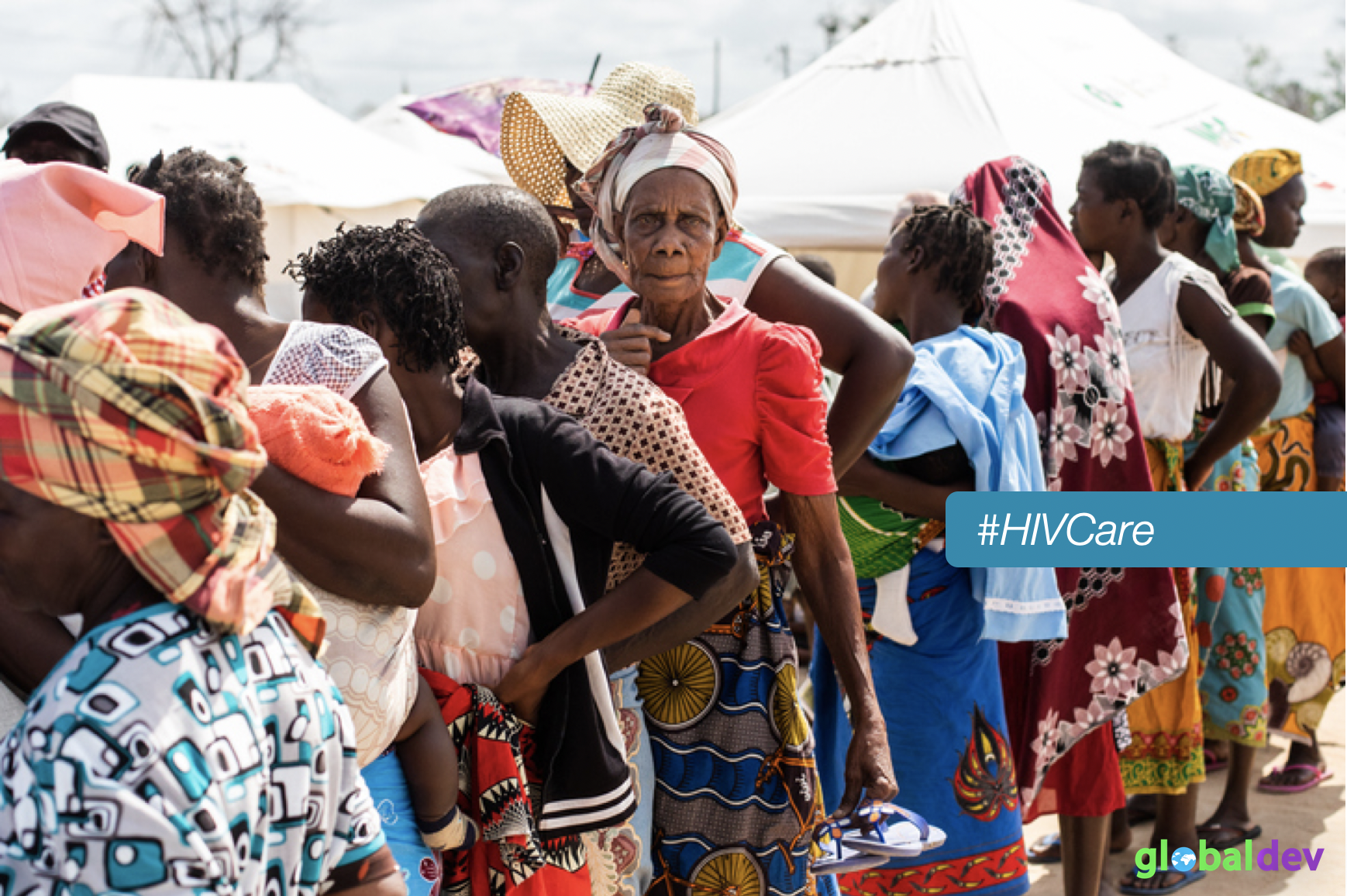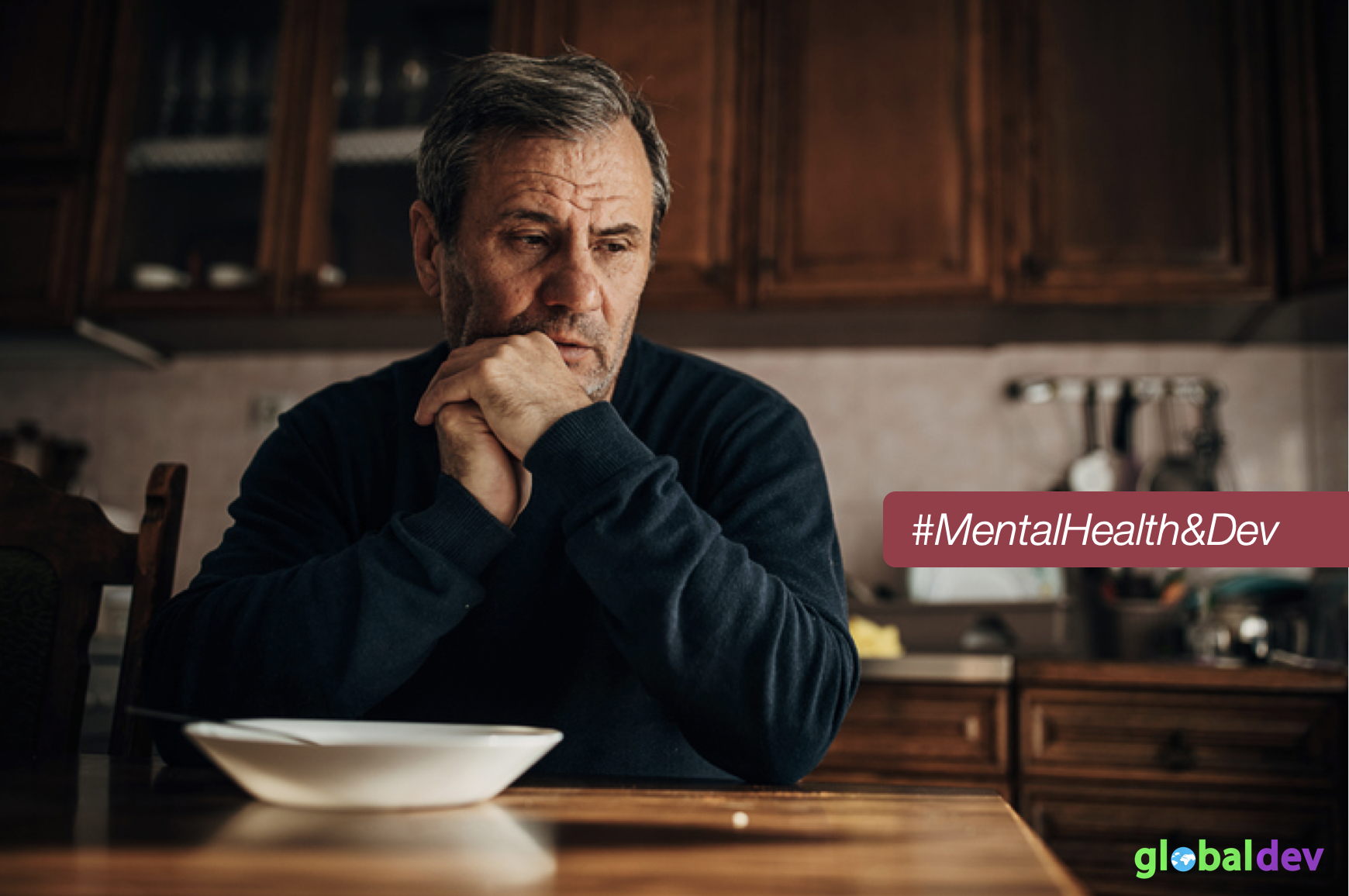In response to the coronavirus crisis, most governments are imposing lockdowns and stopping all but the supposedly most essential economic activities. But as this column explains, such policies may not be appropriate for poor developing countries. Indeed, they may be a worse choice than simply refraining from any mitigation measures and letting the virus spread. To select the right policies and save lives in developing countries, research is urgently needed on how Covid-19 strikes under the conditions faced by the poor.
In international development politics, we are used to criticism of ‘one-size-fits-all’ policies, notably those imposed by the World Bank or the International Monetary Fund. Surprisingly, now that the coronavirus crisis has given governments a free choice to go their own way, they all seem to follow the same strategies. They impose a lockdown and stop all but what are supposedly the most essential economic activities, such as buying food and medicine.
But if you are a slum dweller, a daily laborer, a poor migrant worker, or a refugee fleeing from violence in your neighborhood, where is your home to lock yourself in, safely kept apart from others? And your most essential economic activity, even prior to buying food, may be to earn some money to pay for this food.
In Italy, Switzerland or even China, staying at home for the sake of social distancing is not life threatening, but for many of the close to 800 million people in this world who live on less than $1.90 day, it actually is. Poor people in places like Delhi or Kabul have expressed this quite clearly: ‘If coronavirus doesn’t kill me, hunger will.’
Therefore the costs of strict lockdown policies in poor countries are much higher than in Europe, North America, or Australia. And they involve much more than just economic losses.
Furthermore, the feasibility of such policies is questionable. The huge crowds of migrant workers gathering at Indian bus stations in the hope of catching some last means of transport, otherwise facing walking home over hundreds of kilometers, illustrate the situation. Or imagine large slums like Kibera in Kenya’s capital Nairobi where people live packed in very cramped spaces – often sharing sanitary facilities with multiple neighbors.
Under such conditions, social distancing is impossible, and cannot be enforced even by the most brutal police force. According to World Bank data, 55% of the population in sub-Saharan Africa and 30% of the population in South Asia live in these conditions.
At the same time, the spread of the virus may not be as life threatening for poor countries as it is for other parts of the world since the average age of their populations is much younger. Analysis of data from over 40,000 confirmed Covid-19 cases in China finds that for age groups below 50, the death rate is below 0.5%, moving up swiftly for older age groups (1.3% for ages 50–59, 4.0% for ages 60–69, 8.6% for ages 70–79, and 13.4% for age 80 and above).
It should be noted that these values are significantly lower than those published by government authorities because those data only look at the number of hospitalized people. While the share of the elderly (65 years and older) – those who are most vulnerable to the virus – varies between slightly below 16% (Australia and the United States) and almost 28% (Japan) in wealthy nations, it remains below 3% in most of sub-Saharan Africa, and below 8% in most other poor countries (see Figure 1).
Figure 1: Population aged 65 years and older 2018, in percentages

Source: World Bank (2020).
Medical researchers from Imperial College London took account of these age differences for their predictions of coronavirus-related deaths under different policy scenarios. They show that the expected gains from lockdown policies in terms of avoided fatalities are much lower in low and lower middle income countries (see Figure 2).
Figure 2: Estimated number of deaths from COVID-19 per 1000 population

Source: Imperial College London.
The authors get this result despite their explicit consideration that – given different family structures – the contact and infection rates of the elderly will be higher in poor countries. When further taking account of the problems of lockdown-related hunger deaths (and the fact that the coronavirus might strike even harder when people are weakened through malnutrition due to the lockdown), lockdown policies appear even less favorable.
In addition, the above-mentioned feasibility problems suggest that countries trying to enforce the lockdown may incur the cost without reaping the benefits of such policies.
In sum, this suggests that in many poor countries, lockdown policies are a worse choice than simply refraining from any mitigation measures and letting the virus spread. The best approach might be to ask those who can afford it to drop economic activities, coupled with a dedicated effort to isolate the elderly from their large families.
For example, on 3 April, Pakistan’s prime minister, Imran Khan, said that he faced a stark choice between a lockdown to stop or slow the epidemic, and protecting the economy to ensure ‘people don’t die of hunger’. Therefore, while educational institutions and shopping malls will remain closed to prevent the spread of coronavirus, Pakistan’s construction sector has been reopened.
There is one major caveat to this view of lockdowns in poor countries. The Imperial College researchers acknowledge that they had to assume co-morbidities and the availability of medical facilities were the same all over the world. This is obviously not true. In poor countries, people suffer more frequently from malnutrition, indoor and outdoor air pollution which affects their respiratory system, as well as other diseases. Many of the poor do not have access to the most basic health services, let alone hospital beds and modern ventilators to assist breathing.
Now the important question is: does this reverse the balance between the costs and benefits of lockdown policies? There is a shocking scarcity of research in this area. While we generally know about the dangerous interaction of respiratory diseases, heart diseases and diabetes with the new virus, we do not really know what this implies for young people. What’s more, it seems that the only publication on the effects of the coronavirus on people suffering from malnutrition is related to eating disorder (notably anorexia) in Australia.
To select the right policies and save lives in developing countries, we urgently need research on how the coronavirus strikes under the conditions faced by the poor.







